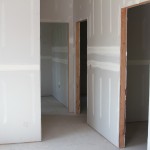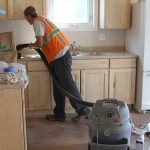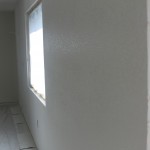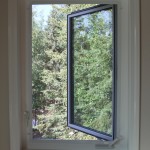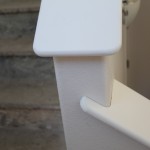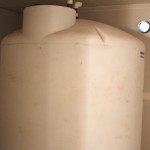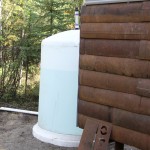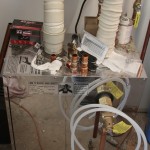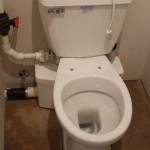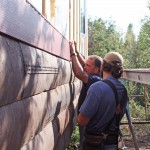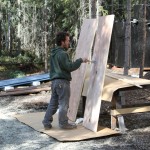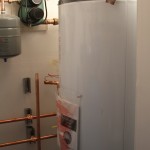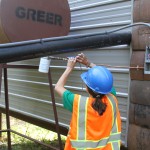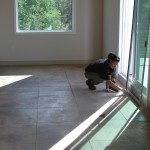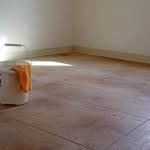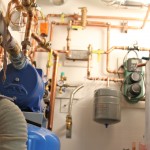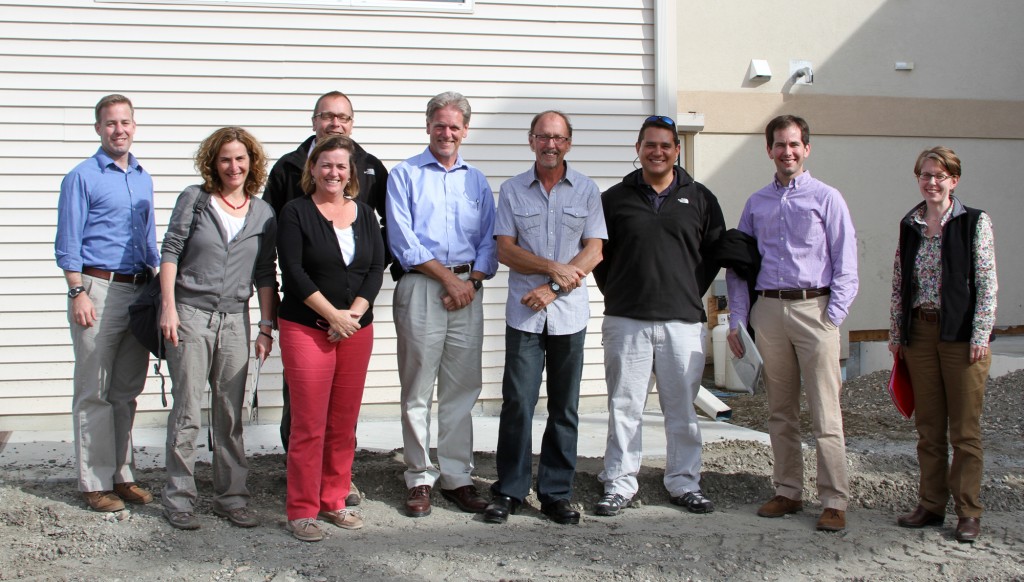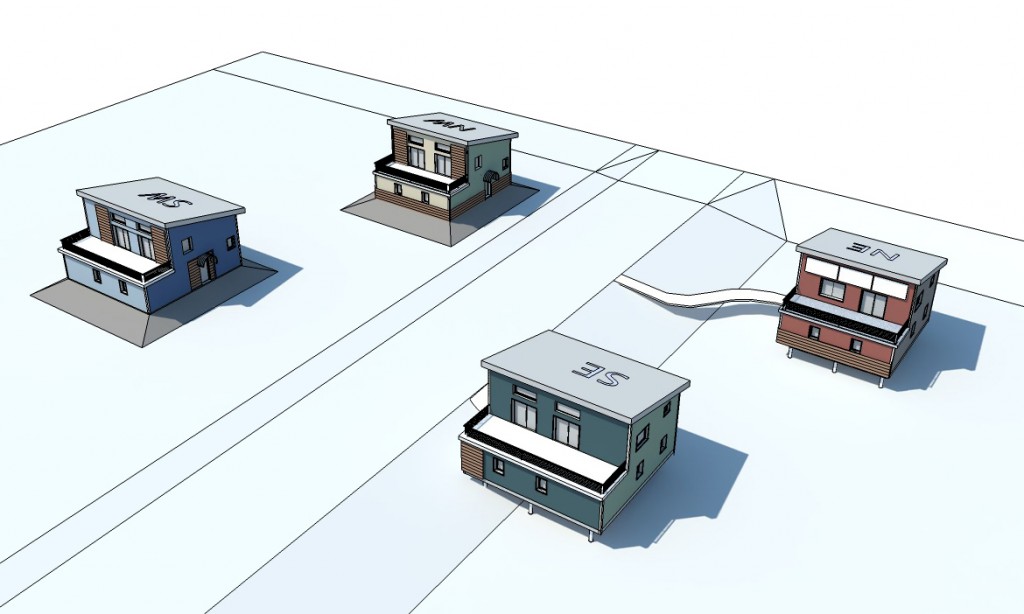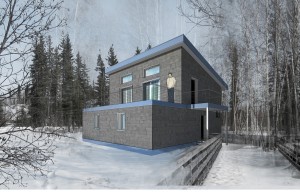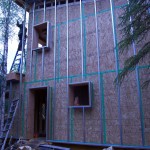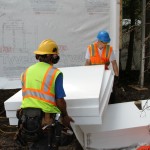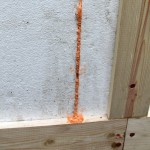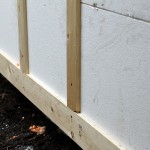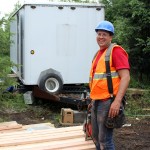It’s easy to get lost in the jargon when shopping for a boiler or other home heating appliance. This article covers some of the common terms you may encounter when shopping for a combustion boiler. If you have questions about what type of boiler is best for you, be sure to talk with a heating professional.
Most oil boilers are mechanical draft boilers, which use a fan to draw in combustion air. There are two main methods of mechanical draft that are common in residential models.
–Induced draft uses a fan to remove flue gases from the furnace and force exhaust gas up the stack (and usually operate at a slightly negative pressure).
–Forced draft uses a fan and ductwork to force air into the furnace, and usually operates at a slight positive pressure.
In mechanical draft boilers, the fan also creates turbulence in the combustion chamber, allowing for a more complete burn. These are typically more efficient than natural draft boilers.
Natural draft boilers rely on the buoyancy of hot combustion exhaust. The exhaust is hot, so it rises passively out of the flue. As the hot exhaust gases exit upwards, the draft causes fresh air to enter the combustion chamber. Because natural draft boilers consume a large amount of air in this process, they are less efficient than mechanical draft boilers. If the air pressure inside the house is less than the air pressure outside, a natural draft boiler can backdraft and poisonous gases such as carbon monoxide could potentially enter the home.
Examples of natural draft heaters are propane water heaters and drip-oil stove heaters.
Sealed combustion boilers use a duct to bring in outside air directly to the combustion unit and not from inside the house. The combustion chamber (where burning occurs) is sealed off from the inside of the home. These boilers are safest, because they are unlikely to backdraft poisonous exhaust gases such as carbon monoxide (CO) into the home.
Condensing boilers are more efficient than standard combustion boilers. A condensing boiler is able to reclaim additional heat from the exhaust gas by cooling it to a point where water vapor from combustion condenses out. The condensation releases the latent heat from the gas, and this heat is captured by a second heat exchanger. The condensate water is acidic (it has the same acidity as some vinegars), so corrosion-resistant materials like stainless steel or PVC pipe must be used for the heat exchanger and pipes. Condensing boilers must have a drain that allows the water to enter the wastewater plumbing system. In older homes with pipes that could corrode, a neutralizing filter can be added to the drain line. These boilers also have a fan to blow the cooler exhaust gas, which is not buoyant enough to exit the flue on its own, outside the building.
Non-condensing boilers are less efficient because they have to operate at higher temperatures to prevent condensation. However, they do not require a drain and can be made of materials such as iron, steel or copper that would eventually corrode in a condensing boiler.
High mass boilers are very heavy, as the name implies. The mass comes from a large heat exchanger, which contains heavy metal, often cast iron, and large diameter pipes that contain a high water volume. The high mass design helps the boilers maintain steady state efficiency. These boilers take longer to heat up when they are started, so they should not be short-cycled, or turned on and off frequently, as this will lower their efficiency.
Low mass boilers have a smaller heat exchanger that does not contain a large mass of metal or iron. While short-cycling a boiler (or turning it on and off frequently) is never ideal, a low-mass boiler will generally respond better than a higher mass design, as it takes less time to heat up. These boilers also have less standby loss when they cool down, because they do not have the mass to retain a lot of heat while firing.
